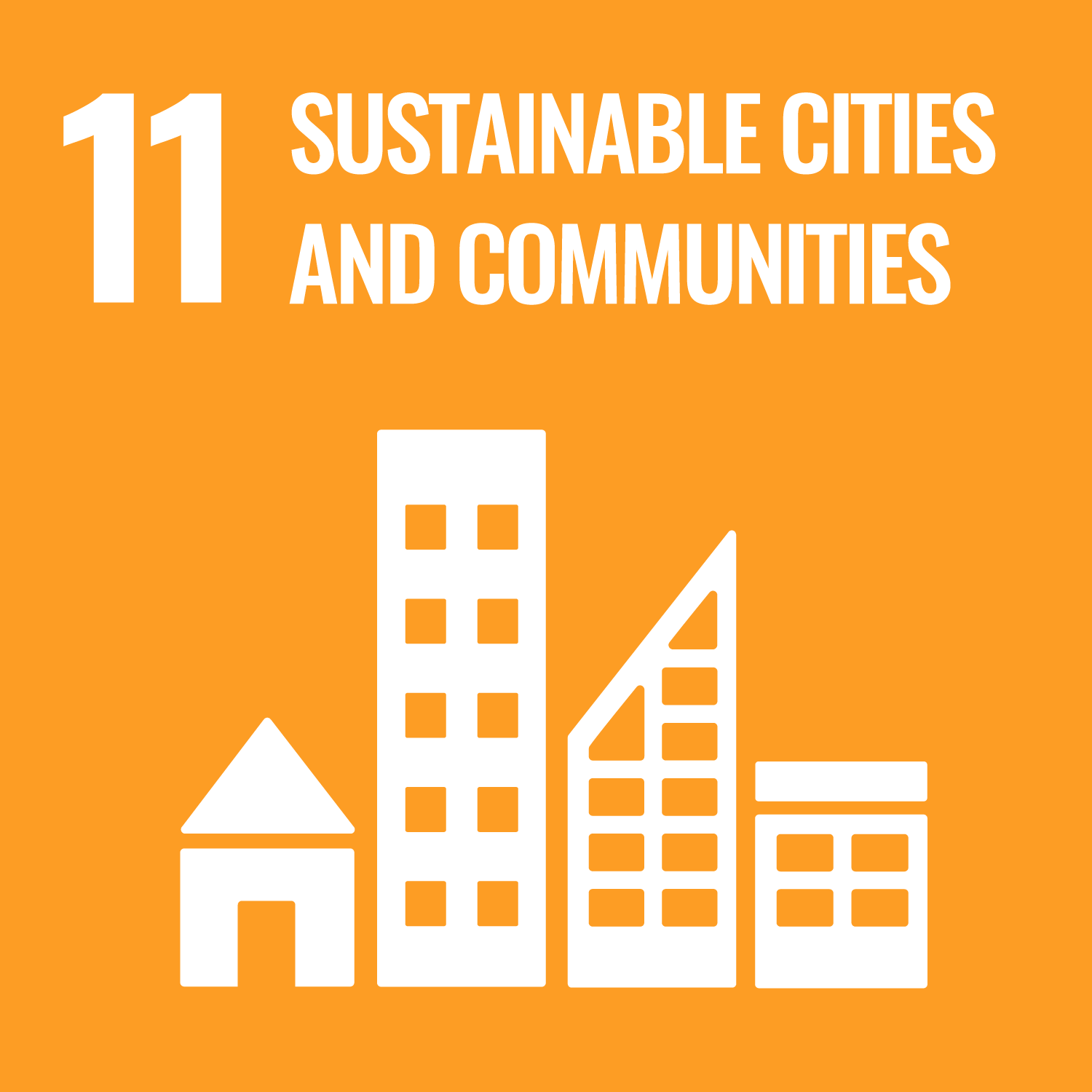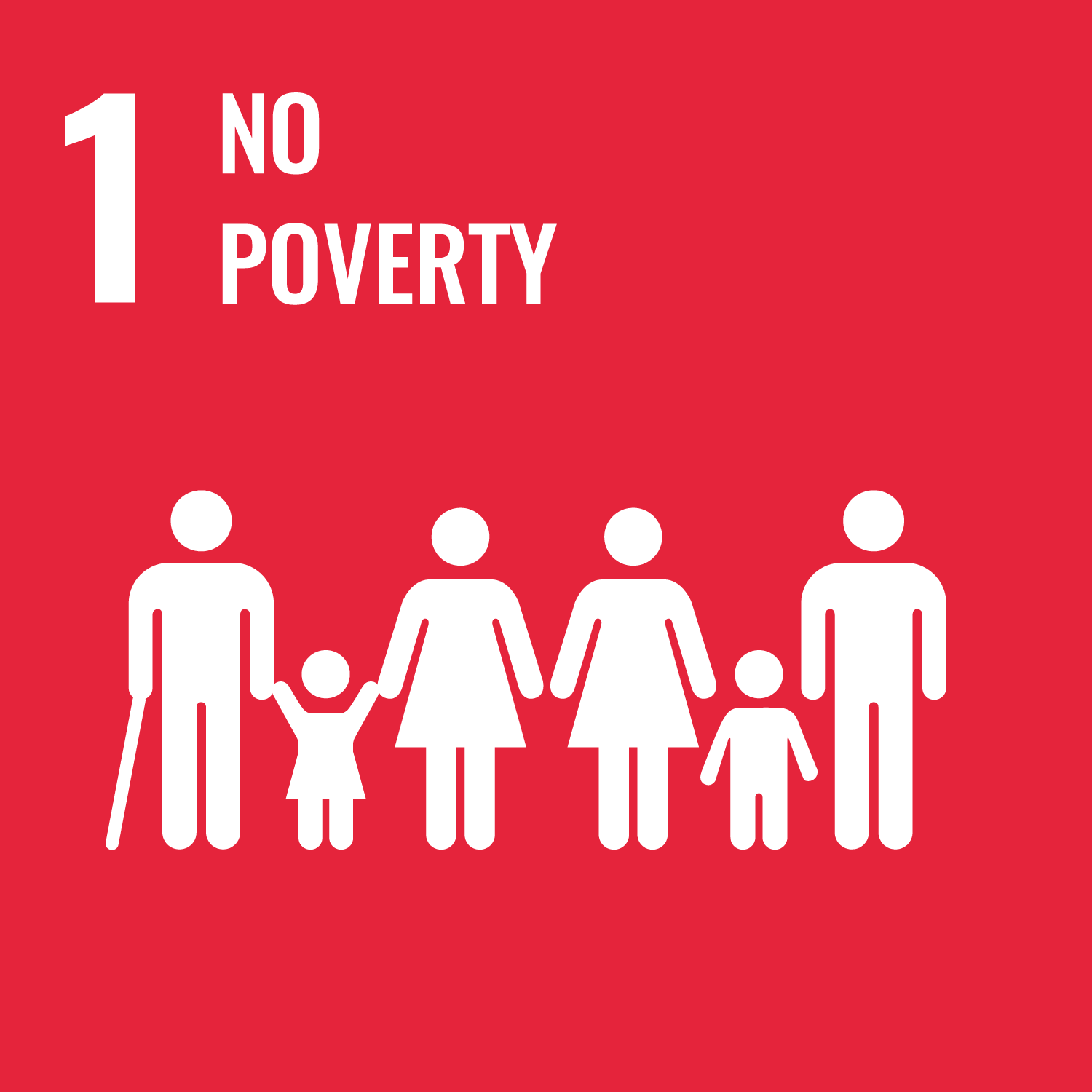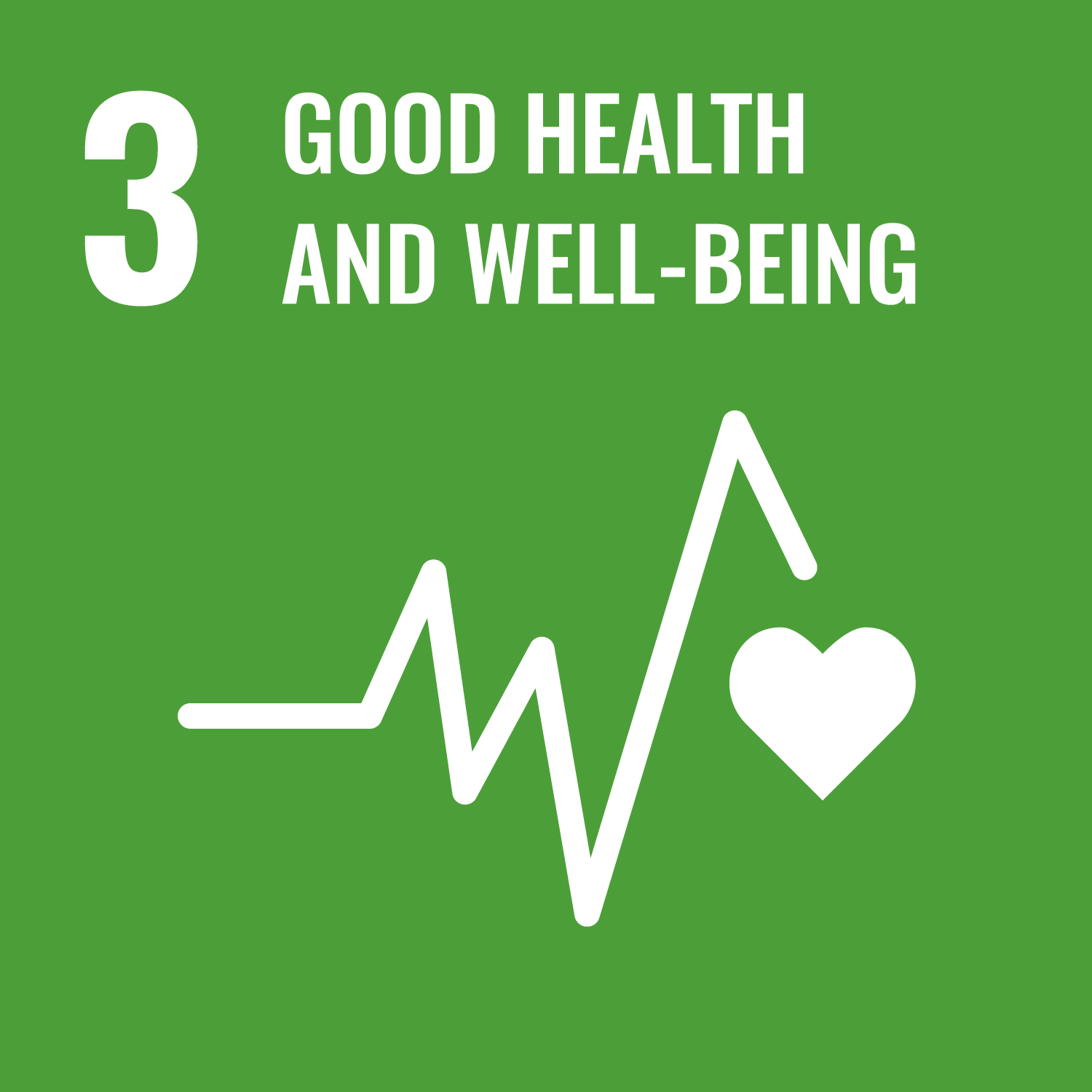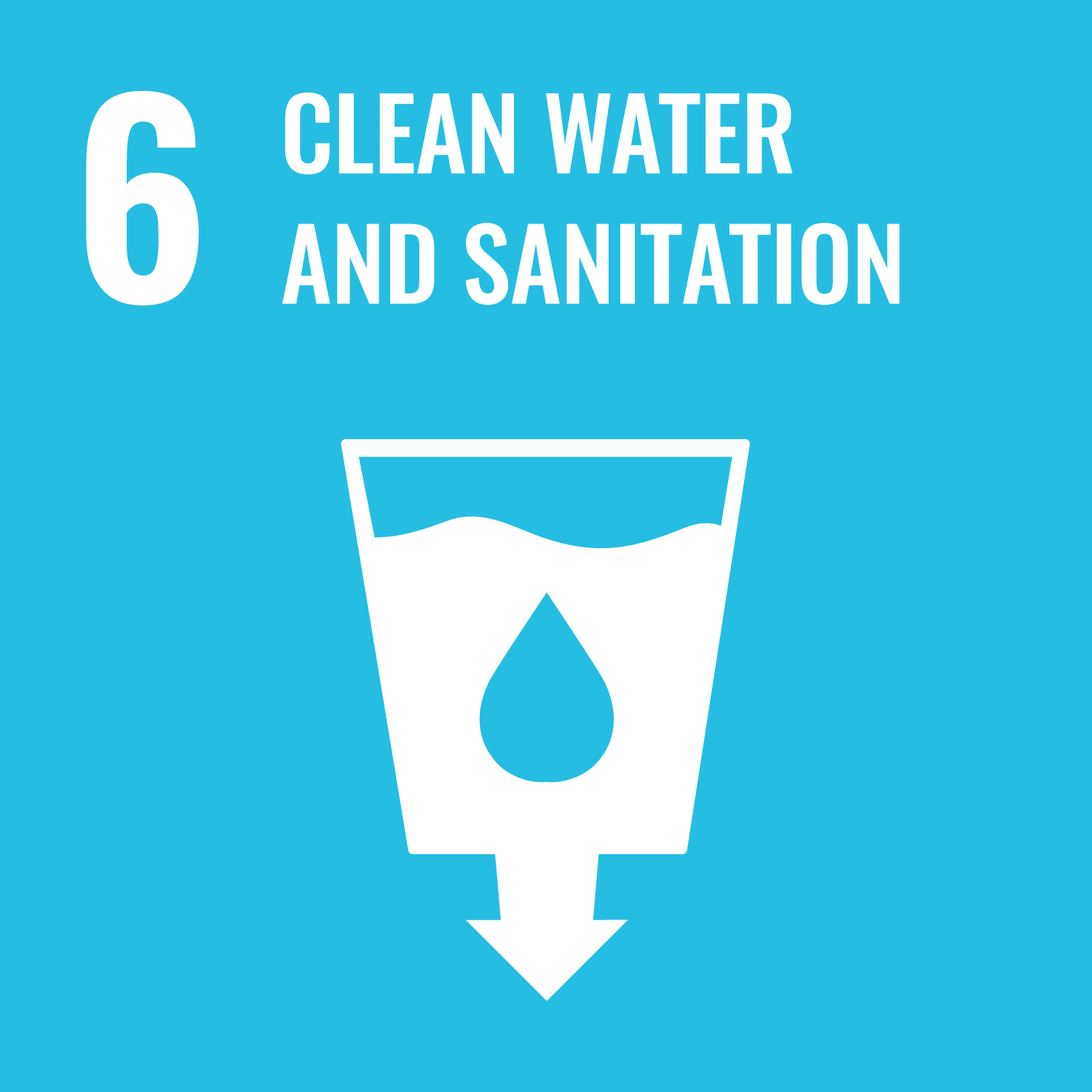Appendix 3 - Transit and Health
Transit and Health
There are costs to driving cars—one of which is our health. People make healthier choices when transit is the first and best choice for getting around. In other words, transit needs to be frequent, efficient, reliable, and accessible to bring people closer to food, housing, healthcare and employment opportunities while helping youth and older adults to engage in healthy activities.
“Our built environment can kill us in at least three different ways: obesity, asthma, and car crashes” (adopted from a walkability study report by Speck and Associates). Transit positively contributes to combat all that.
33% of adults 18 years and over are obese in NS (Government of Canada, 2020b)
12% of people 12 years and over in 2018 had diabetes in NS (Government of Canada, 2020b)
17% of people 12 years and over in 2018 reported being quite a bit or extremely stressed most days in NS (Government of Canada, 2020b)
Direct health benefits include:
Lower rates of respiratory and heart disease. Transit allows for more space on the street for active transportation. Getting active helps lower the risk for many serious diseases, such as: heart and vascular diseases, strokes, diabetes, hypertensive diseases, osteoporosis, joint and back problems, colon and breast cancers, and depression.
Lower accident rates. Better transit means less cars on the road. According to a 2006 report, public transit has 0.03 fatal accidents per 100 million miles-about 1/25th the rate for automobiles; injuries as well as fatalities are reduced (Injury Facts, report, 2006).
Quality of life. One-third of American children born after 2000 will become diabetics (U.S. Centers for Disease Control). For the first time in history, the current generation of youth are expected to live shorter lives than their parents. This is due partly to diet, but partly to planning. Public transportation fosters a more active lifestyle. Data for transit users finds that walking to and from transit helps people attain a significant portion of their recommended minimum daily exercise; 29% of respondents get 30 minutes or more of exercise a day from walking to or from transit (2001 National Household Travel Survey).
Provides Critical Support During Emergencies and Disasters. Public transportation an important back-up for moving people quickly during a disaster or emergency. Transit provides air-conditioned shelters for victims, responders and rescue equipment.
Delivers essential health and human services and provides important options for health care delivery. The availability of public transportation helps agencies provides an afforadable option compared to the costly use of ambulance and emergency services, and helps relieve parking pressures from patients, staff and visiotrs.
Public transportation provides access to essential services later in life. Public transportation is a way for these non-drivers (particularly low-income seniors and disabled individuals) to gain access to important services and activities that improve public health such as: healthcare appointments, basic shopping, banking, education, and employment opportunities.
Indirect health benefits include:
Public transportation reduces stress and improves one’s quality of life and household finances. Public transportation improves access to education and employment, which in turn leads to better long-term economic opportunities. It also provides access to social and recreational activities, allowing individuals to participate in events they otherwise couldn’t. Furthermore, public transit benefits community cohesion by promoting positive interactions between neighbors. When combined with saving on private automobile expenses, leaves more money to access healthier choices for food and lifestyles.







